Starting a new activity, especially an adrenaline-powered activity like mountain biking, might seem intimidating initially, but trust us when we say that the excitement of completing a climb or mastering a descent will far outweigh your first anxiety.
Mountain biking isn't just a sport; it's an adventure, and with the basic beginner tips you'll soon be exposed to, you can start making real progress toward realizing your dream of riding a mountain bike and reaching your goals of fame and notoriety. Let us unpack six tips to get you started on becoming the mountain biker you want to be.
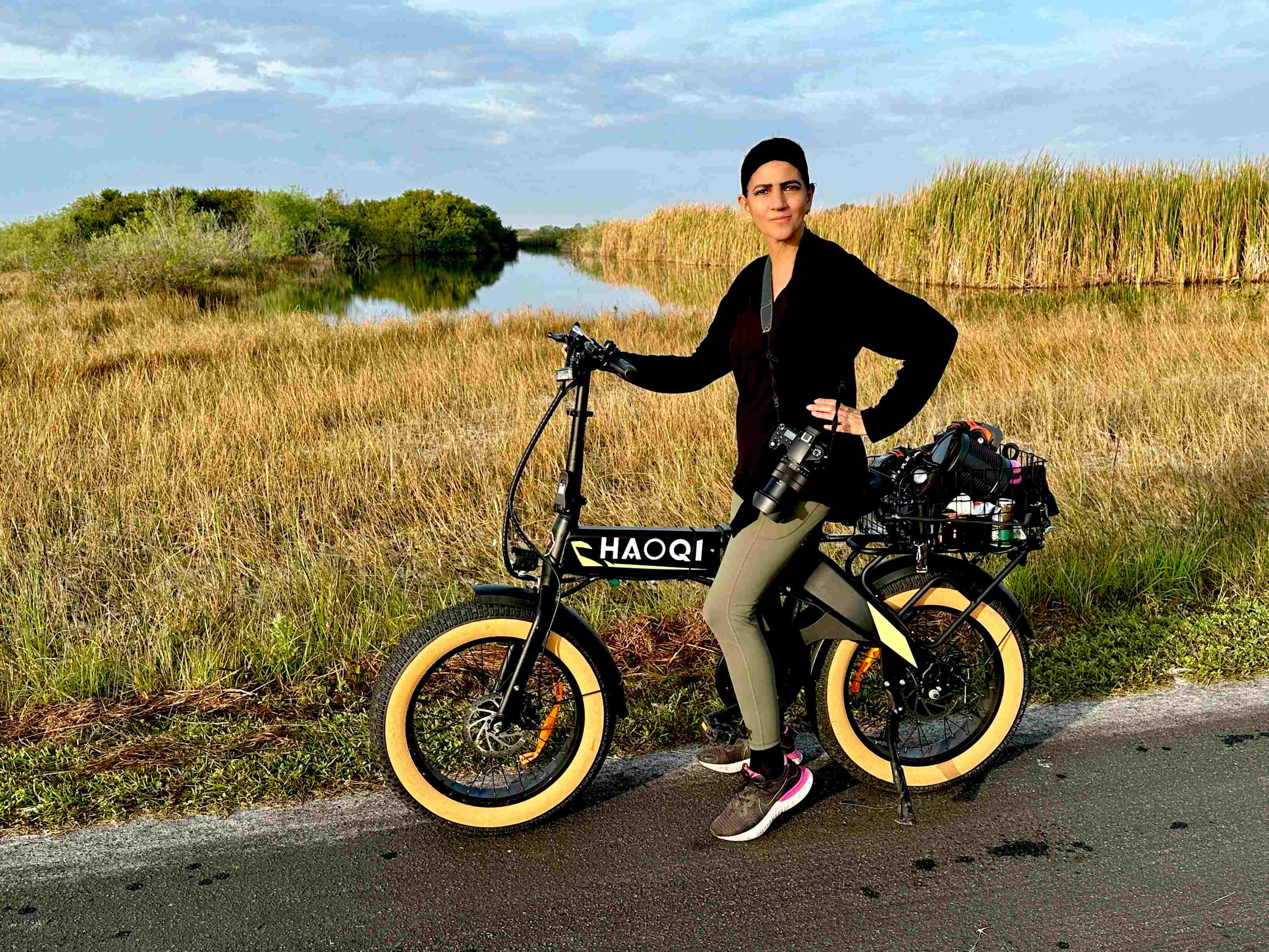
Tip 1: Finding Your Perfect Ride
Several novices succeed and fail at mountain biking. Therefore, selecting the correct e-bike is critical. To be clear, the experience people crave in mountain biking differs from one individual to another. Your distinct riding style results from the terrain you’re used to and how you want to ride. Choosing a bike that reflects your style is thus the first guideline. Haoqi features a catalog of e-bikes designed to fit various individuals' riding styles. From the Foldable Haoqi Squirrel foldable electric bike to the Full Suspension Haoqi Cheetah with its impressive 1000W Mid Motor that delivers up to 90 Miles per charge at a speed of 28 MPH, you’re sure to find the right e-bike that suits your riding style.
As a beginner, you might think, "Do I need all the bells and whistles?" Relax! This is where hardtail mountain electric bikes come in. They're lightweight, responsive, and perfect for honing your skills on smoother terrains. Plus, they're easier on the wallet, leaving more room for exploring!
But don't be fooled by their simplicity. Haoqi e-bikes like the Leopard Pro Ebike come equipped with a 750W motor and a 48V 20Ah high-tech battery, offering an impressive range of up to 80 miles on a single charge. Its fat tires ensure you can conquer any terrain, whether snowy mountains or sandy beaches. However, if you have experience riding over multiple terrains, the Haoqi Cheetah Pro full suspension ebike is perfect for your riding style. This two-wheeled masterpiece’s impressive 1000W Mid Motor and Intelligent LCD Display stand out with its captivating camouflage pattern, making it a striking addition to any terrain.
Tip 2: Make sure your bike fits you properly
A bike that fits you properly becomes an extension of yourself, allowing you to maneuver with confidence, control, and, most importantly, comfort. So, how do you find the perfect fit? Let’s consider some tips that would be helpful in this light.
Frame Size Is Important:
Depending on your height, most bikes have varying frame sizes. But keep in mind that size isn't everything! Riding technique, arm reach, and torso length all matter. Ask the expert staff at your neighborhood bike store for assistance in selecting the appropriate frame size. They will measure you like an experienced tailor, so your bike will fit your physique like a custom-made suit.
Adjust the Specifics:
After determining the appropriate frame size, it's time to make adjustments. Adjust the seat height to make it comfortable to straddle the bike with both feet flat on the ground. Adjust the handlebar height and reach for a relaxed, erect posture that promotes better control.
A Test Ride Is A must:
There is no way around this! Try on several bikes, fine-tune the fit, then go for a ride. Experience the bike's response to your motions and picture yourself riding over various terrains. Does it seem responsive, well-balanced, and enjoyable? If not, keep on looking!
Tip 3: Wear a helmet that meets safety standards
Mountain biking is exhilarating. But as a seasoned rider, we learn the importance of protecting your head. This is why you must always wear a helmet. It is not a fashion statement; instead, it’s a safety essential.
You may think, "Helmets are bulky, uncomfortable, and mess up my hair."But technology has come a long way! Modern helmets are lightweight, breathable, and come in styles that complement your adventurous spirit, not hinder it.
But don’t just any ebike helmet that is on sale. Make sure yours meets safety standards. Look for certifications like CPSC, ASTM, or CE.
Tip 4: Wear gloves that protect your hands from abrasions.
Gloves protect you from cuts, blisters, and the odd thorn assault so you can confidently negotiate those twists and turns. But the purpose of gloves goes beyond protection. They also improve your grip on the handlebars, which is helpful in rough terrain. Also, gloves come in different materials and styles, offering comfort and warmth depending on the weather and riding conditions.
Tip 5: Wear shoes that provide good grip on the pedals.
Your regular sneaker doesn’t cut it when it comes to mountain biking. Shoes made especially for mountain biking are made to withstand the demands of off-road riding. You can confidently pedal on loose dirt and rocky climbs, each pedal stroke feeling linked and solid. It ensures that you maintain control even on the trickiest terrain, much like having traction devices built right into your feet.
However, choosing the correct pair of shoes might be challenging because numerous options are available. These are some of the things you should look out for:
Clip-ins vs. Flat Pedals:
Clip-in shoes connect directly to the pedals, offering maximum power transfer and efficiency. Think of it as locked and loaded, ready to tackle any incline. On the other hand, flat pedal shoes provide more freedom and maneuverability, perfect for technical descents and tricky obstacles.
Grip is Important:
The grip is the priority regardless of the type of shoe you choose. Look for shoes with aggressive soles made from sticky rubber compounds. Confidential footing is key to enjoying the ride and avoiding unwanted tumbles.
Protection Matters:
Mountain biking involves bumps, scrapes, and the occasional unexpected encounter with rocks and roots. So, choose shoes with reinforced toe caps and protective features around the ankles.
Tip 6: Let someone know where you are going and when you expect to be back.
Responsible planning becomes critical as you venture deeper into mountain biking, especially on solo adventures. That's why it's helpful to share your location.
The excitement of the trip can cause you to lose track of time, and before you know it, the sun is sinking, and you are far from home. However, giving someone a heads-up before you leave might help you and your loved ones feel at ease and reduce any potential anxiety.
While solo adventures have their charm, sharing your plans ensures peace of mind for you and your loved ones. There is no need for a full itinerary –pick a trusted contact familiar with your route and estimated return time. Share the basics: your intended path, start and finish estimates, and potential detours. Embrace technology– apps like Strava or Trailforks offer live location tracking, ensuring you are digitally visible and locatable in unforeseen circumstances.
Conclusion
There you have it, then! Your go-to manual for all things mountain riding. However, this is only the beginning. The joy, sweat, and dirt of two-wheeled exploration make the journey exciting. So, grab your helmet, decide on your trail, and be set to make lifelong experiences. These pointers will equip you to tackle the trails that lie ahead confidently. Now go shred in the great outdoors!


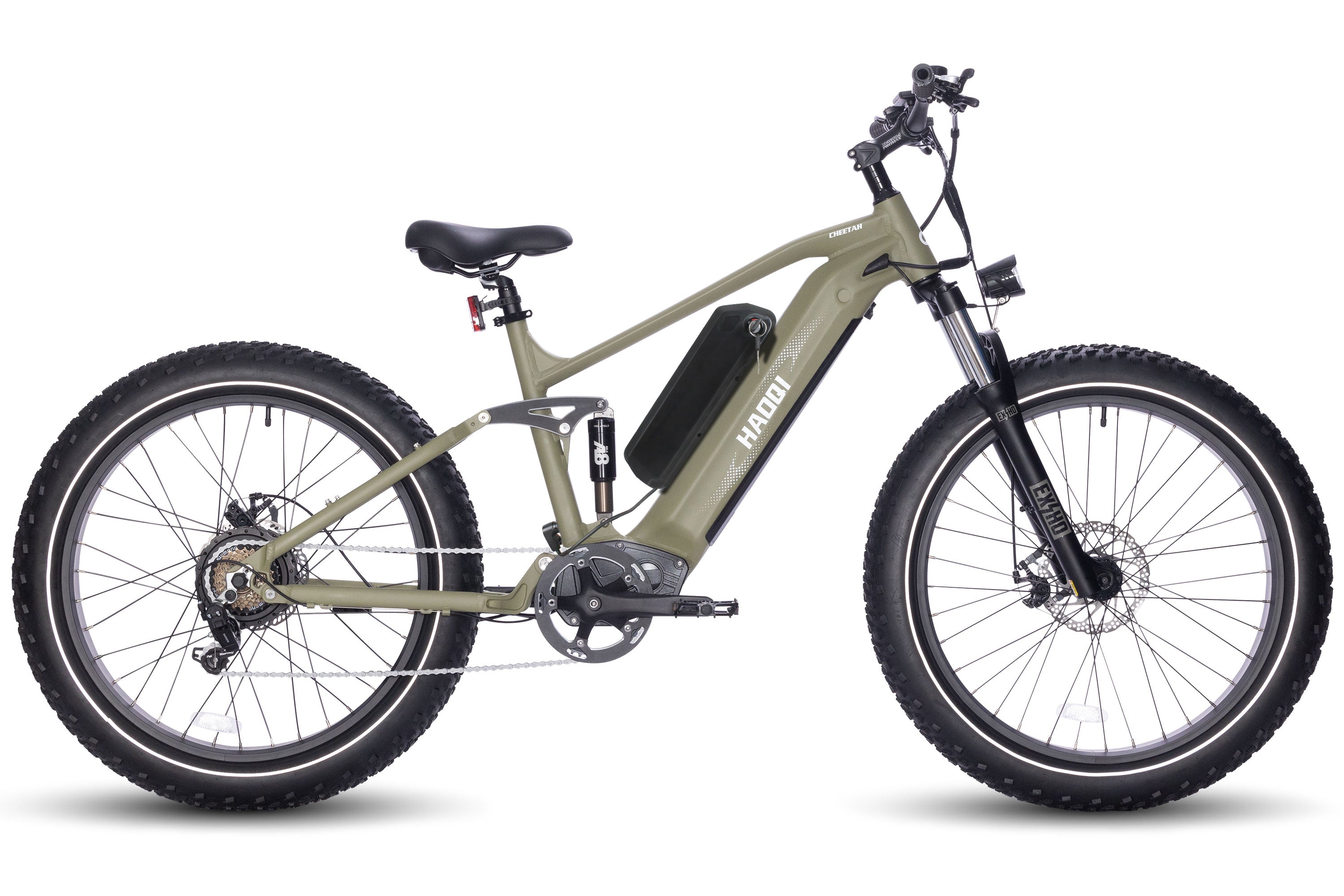
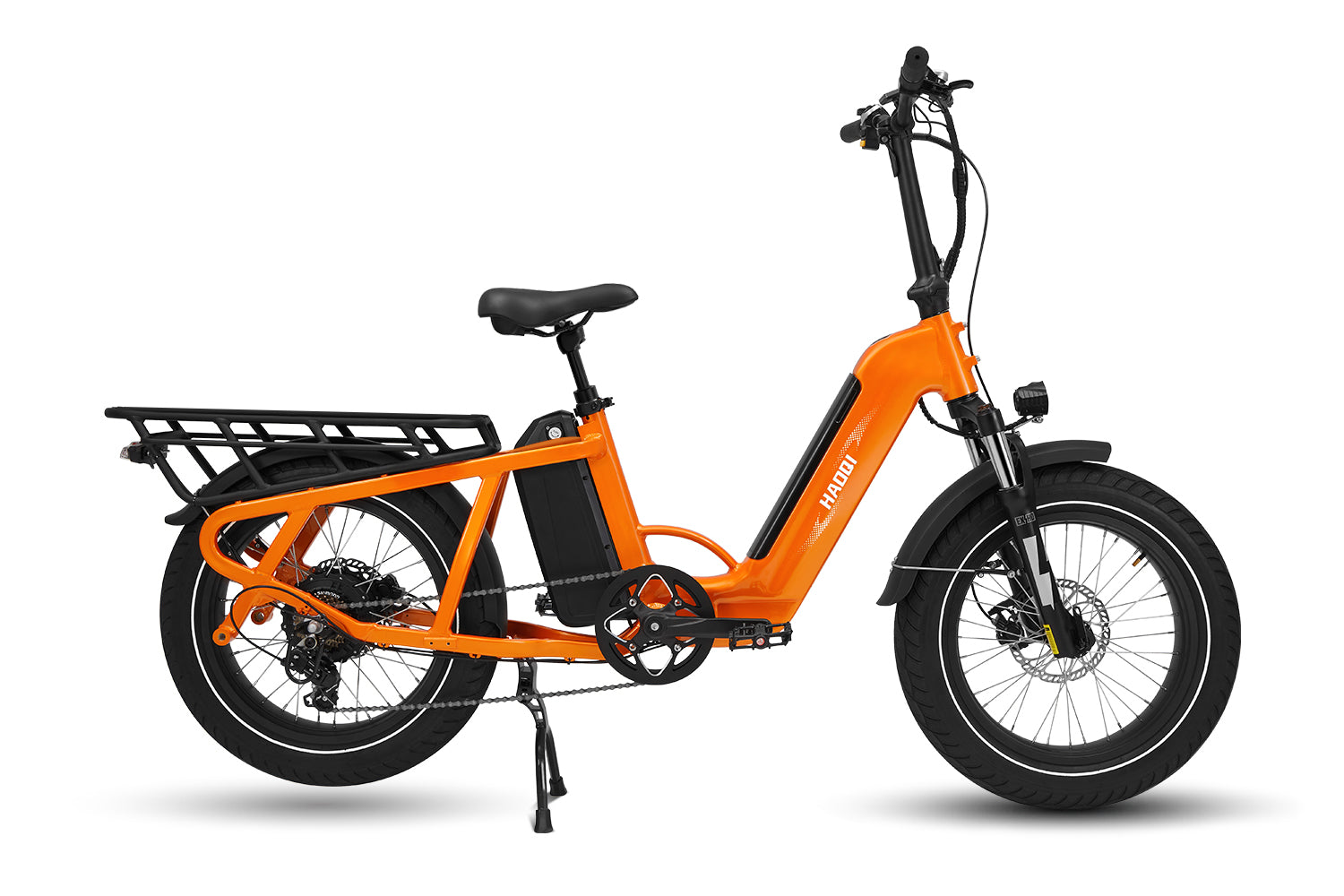
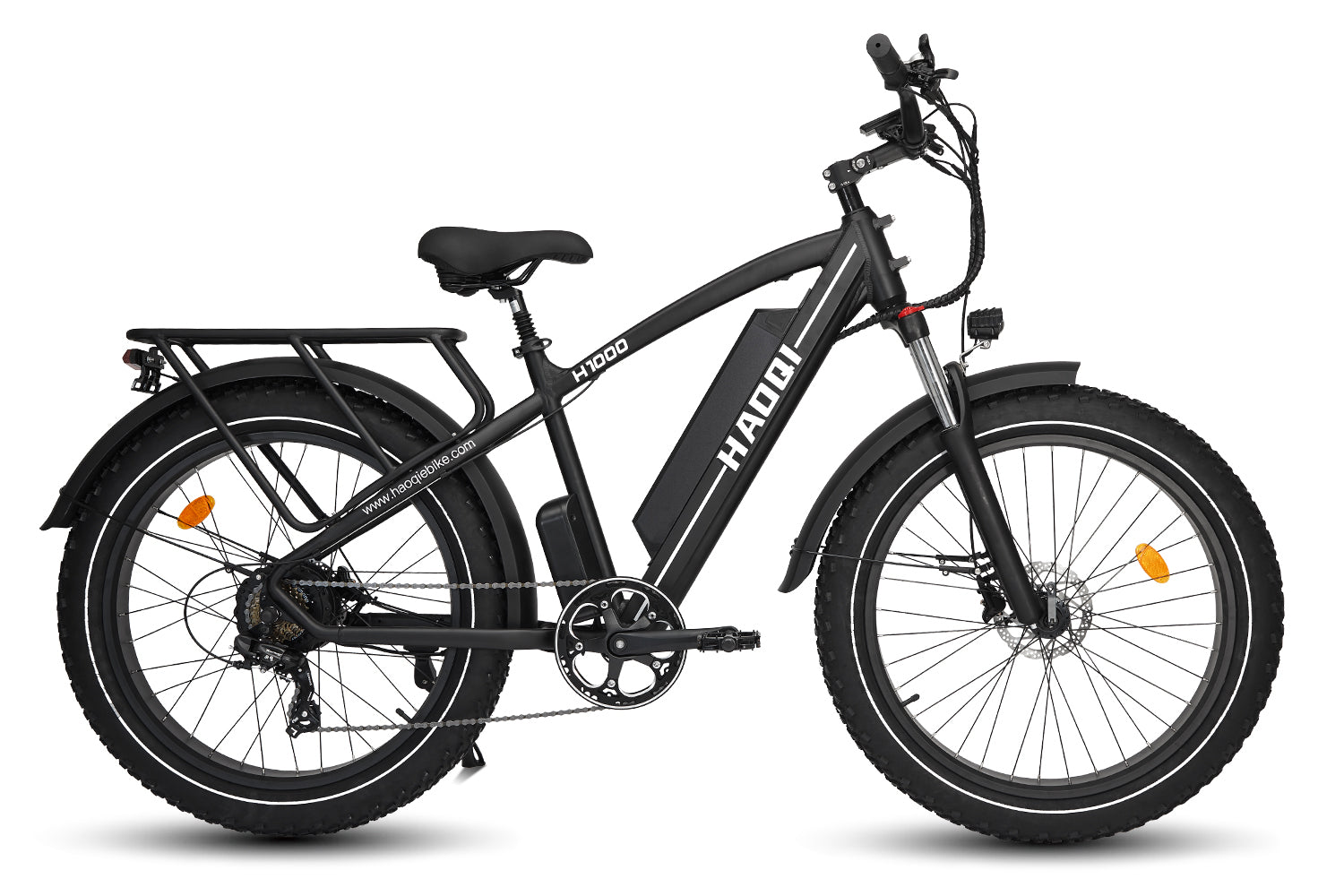
![HAOQI Antelope 500W Cargo Electric Bike (UL Certified) [electric bike] [HAOQI ebike]](http://haoqiebike.com/cdn/shop/products/haoqi-antelope-cargo-electric-bike-with-dual-battery-haoqiebike-com-1.jpg?v=1753954498&width=1500)
![HAOQI Squirrel Folding Electric Bike (UL Certified) [electric bike] [HAOQI ebike]](http://haoqiebike.com/cdn/shop/files/1_03c67b67-715e-4617-a648-51f108ceb425.jpg?v=1766473332&width=1500)
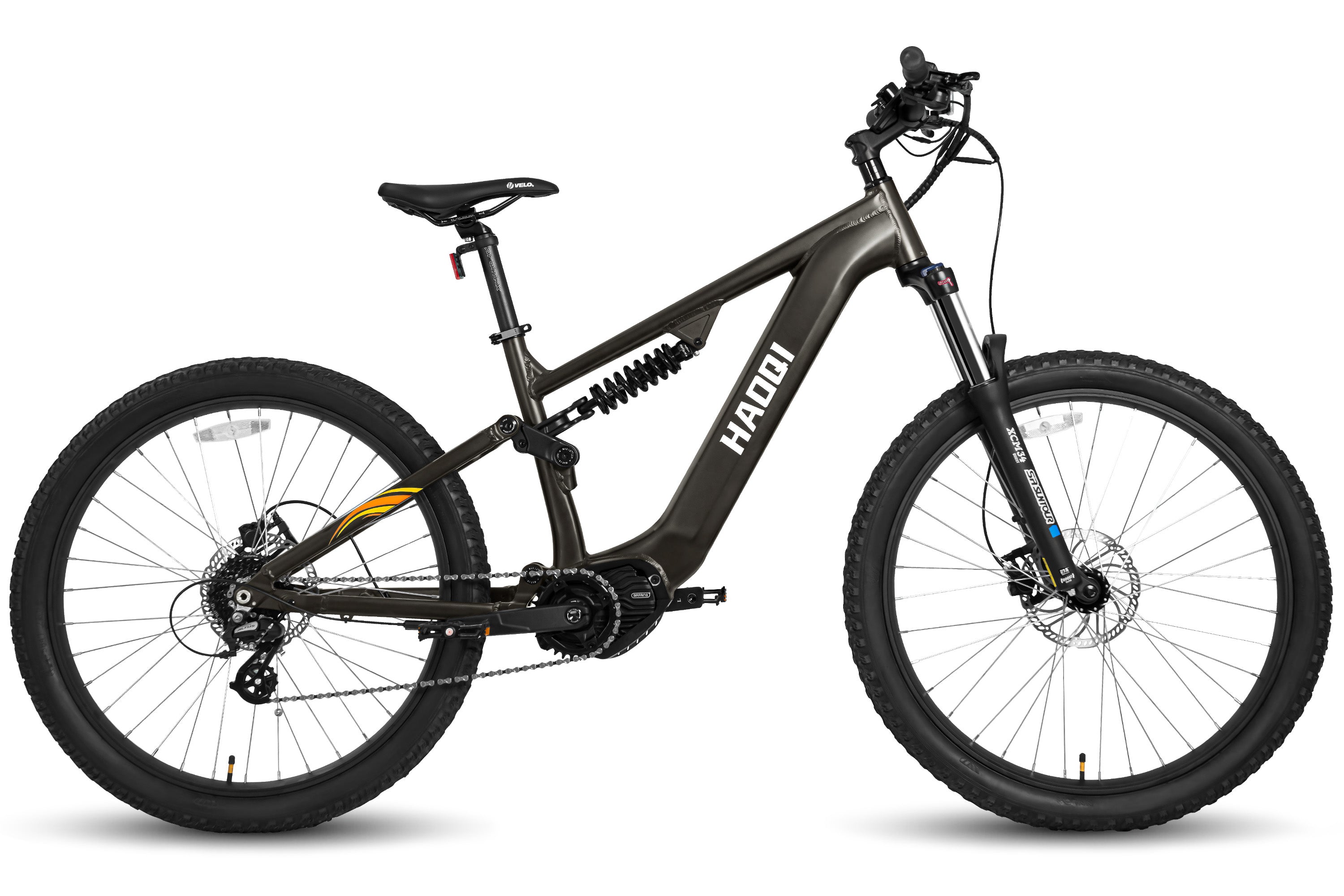
![HAOQI Eagle Long Range Electric Bicycle (UL Certified) [electric bike] [HAOQI ebike]](http://haoqiebike.com/cdn/shop/files/2_bf7ae46b-aad6-472a-9c14-d56ca3f0feb6.jpg?v=1755142722&width=1500)
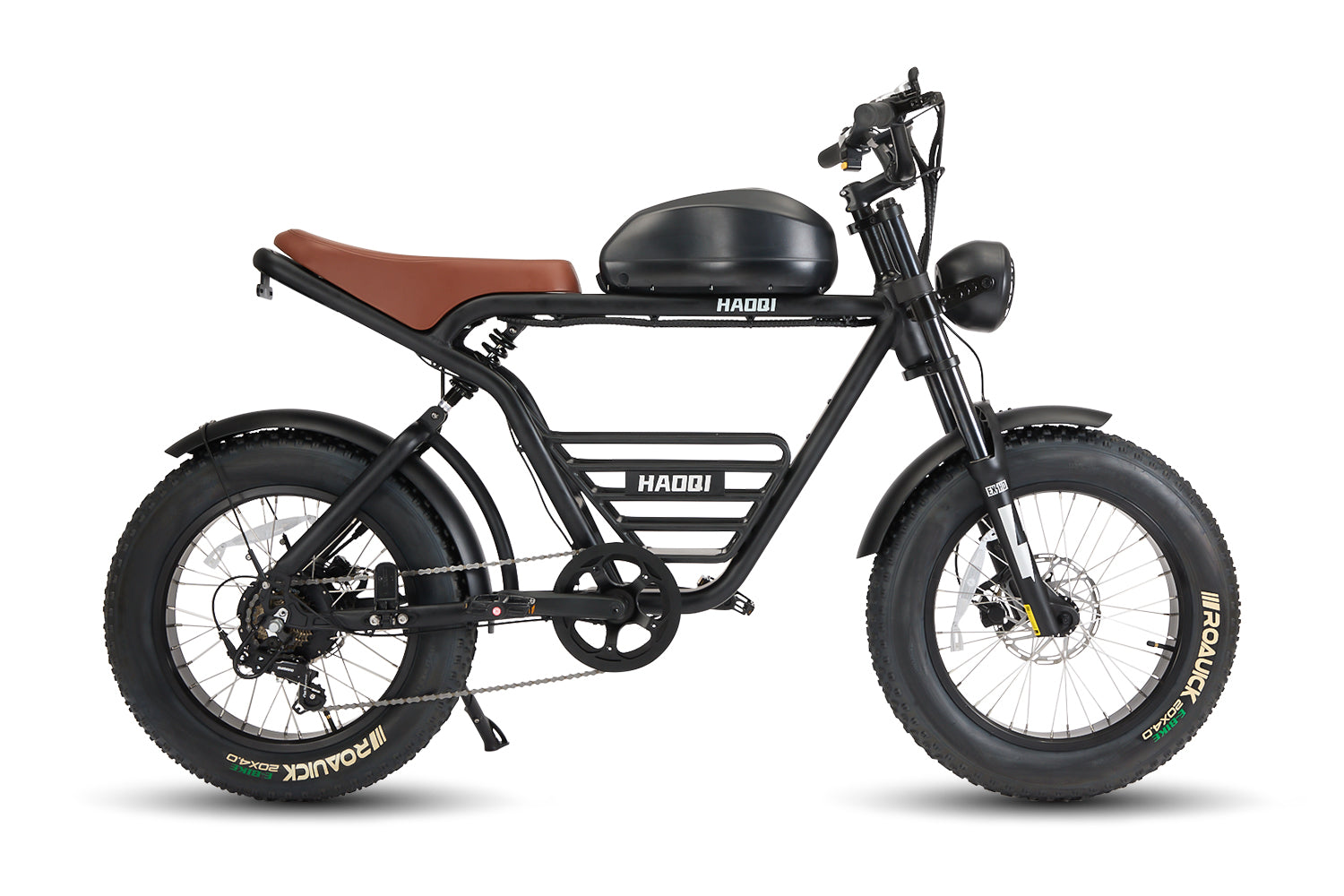
![HAOQI Antelope Pro 750W Cargo Electric Bike (UL Certified) [electric bike] [HAOQI ebike]](http://haoqiebike.com/cdn/shop/products/haoqi-antelope-pro-cargo-electric-bike-with-dual-battery-750w-haoqiebike-com-5.jpg?v=1767495345&width=1500)
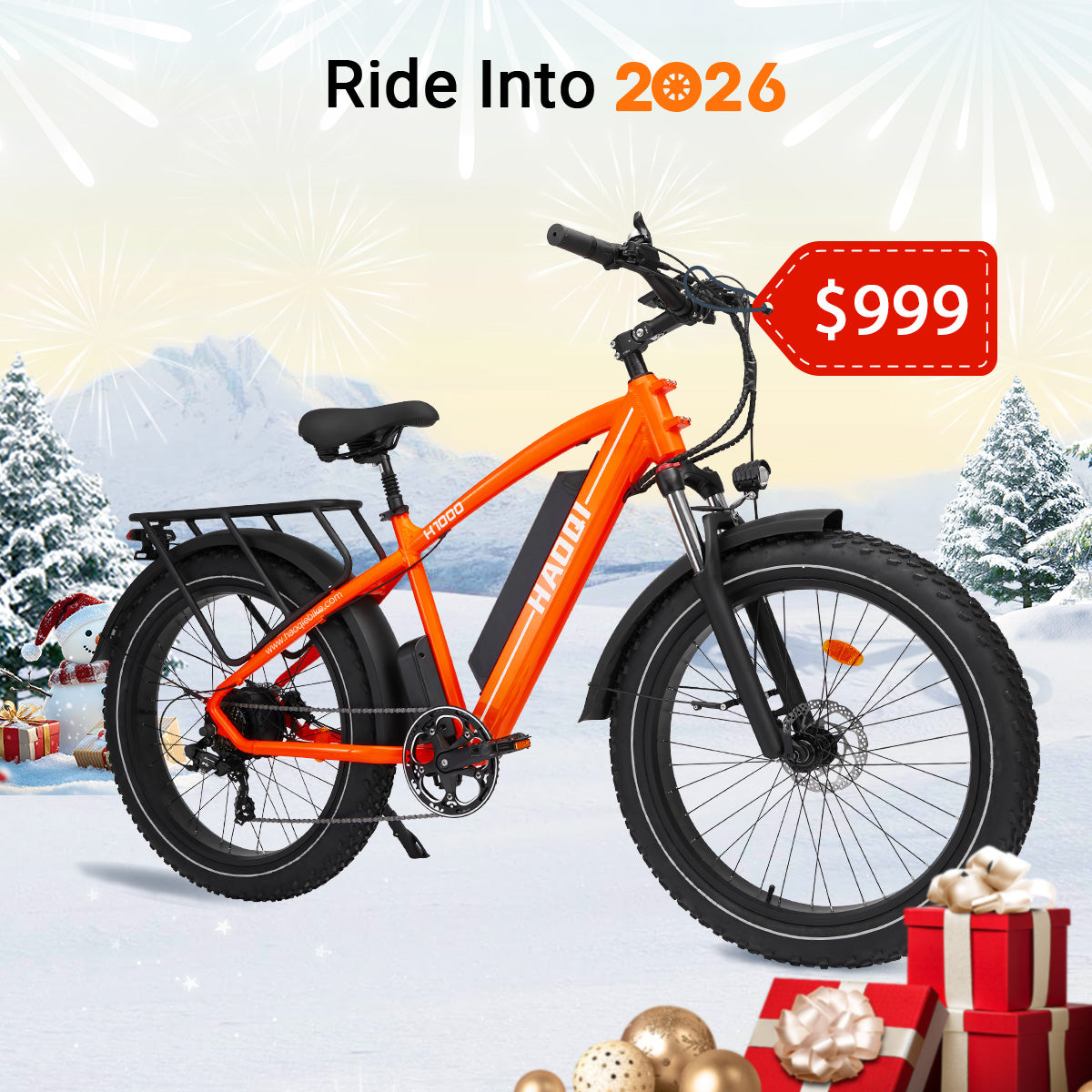
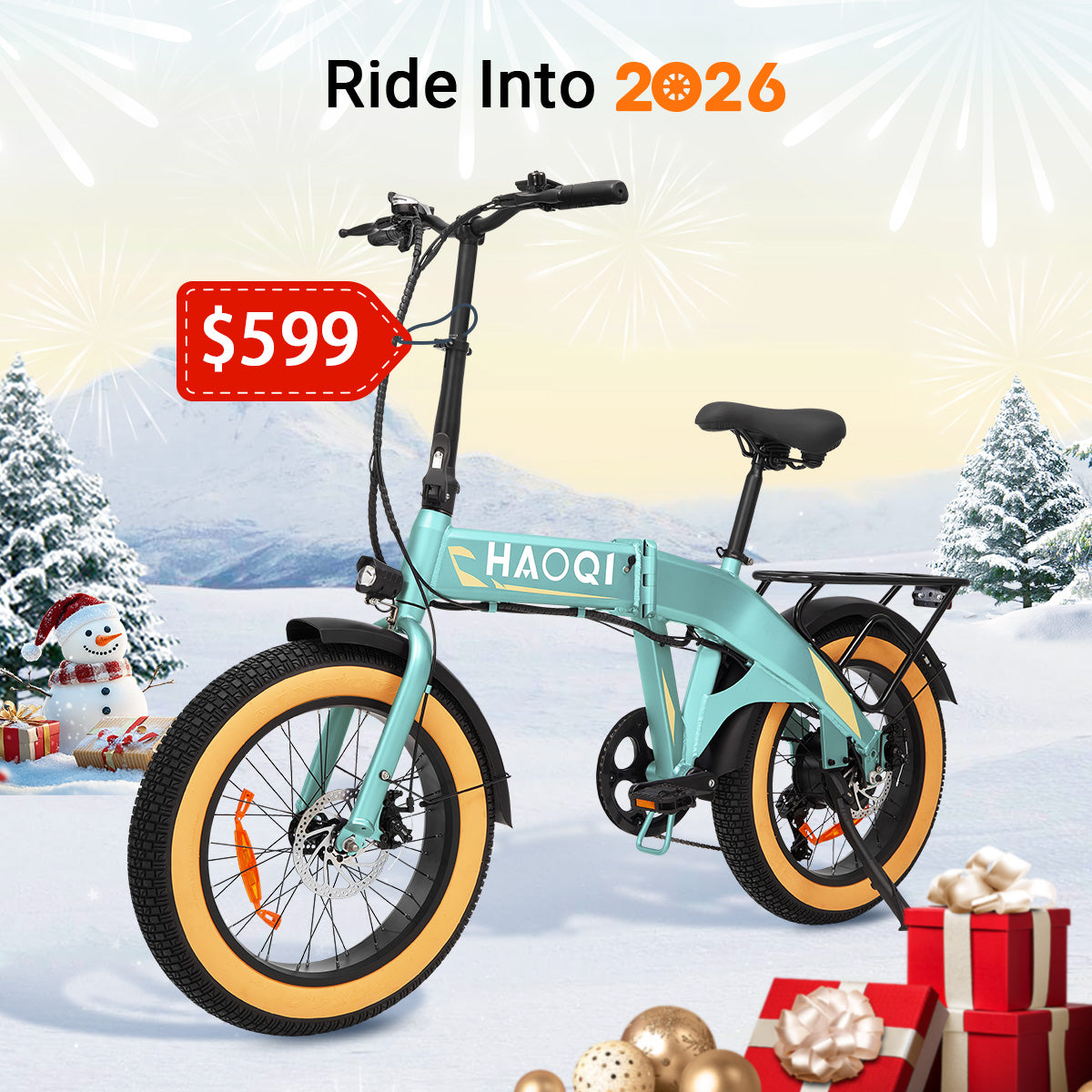
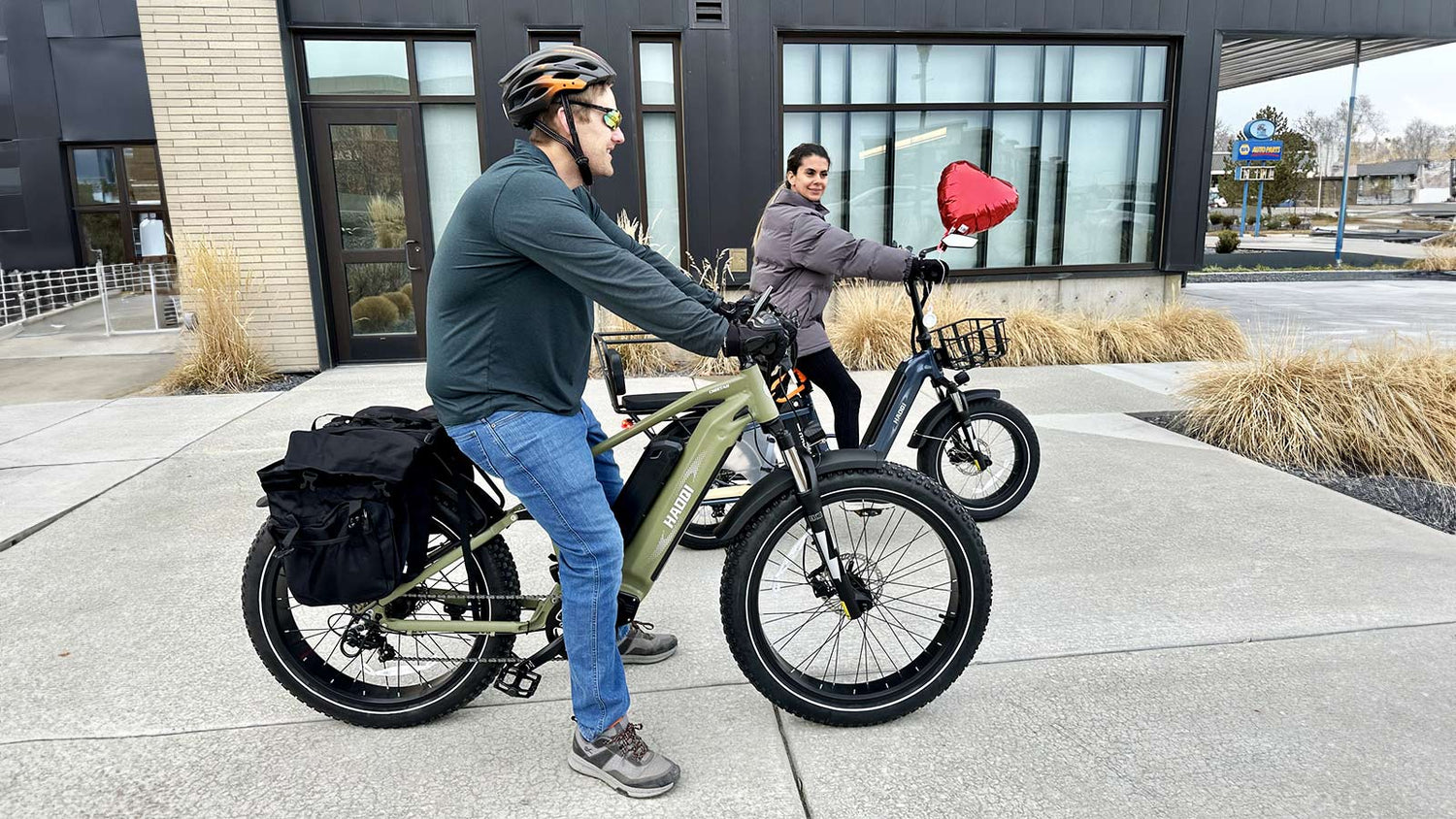

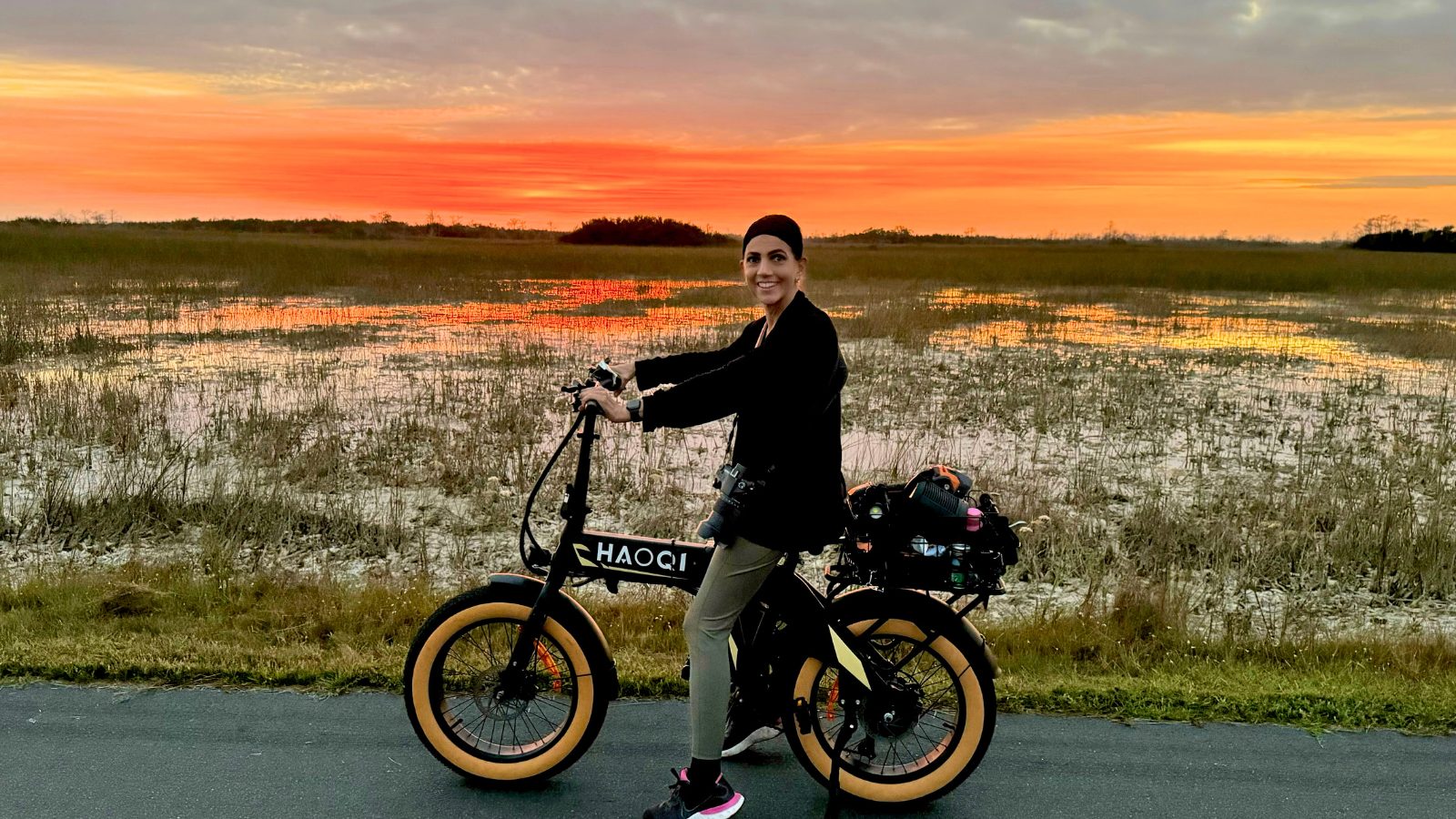




Leave a comment
All comments are moderated before being published.
This site is protected by hCaptcha and the hCaptcha Privacy Policy and Terms of Service apply.